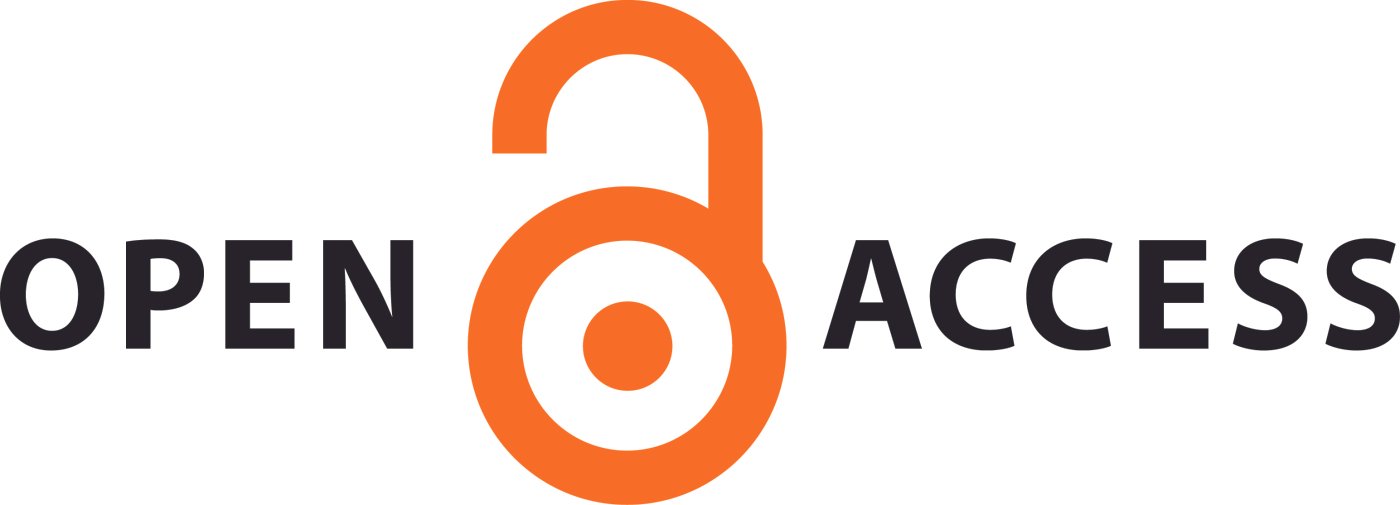A Comparison of Low-Dose Magnesium Sulphate to Standard (Dhaka Regimen) and Pritchard’s Regimen in Management of Eclampsia
Abstract
Introduction: To compare the efficacy of low-dose magnesium sulphate (Dhaka Regimen) with the standard Pritchard’s regimen in the management of eclampsia. The aim of the study is to study the efficacy of the Dhaka Regimen in comparison to Pritchard’s regimen in control of convulsions, safety profile, and maternal and perinatal outcome in eclampsia. Material and Methods: This prospective study was carried out in the Department of Obstetrics and Gynaecology, Shri Ram Murti Smarak Institute of Medical Sciences, Bareilly, over a period of 1 year. Approximately 50 cases of eclampsiaantepartum & intrapartum were included. All 50 cases were randomly divided into Group A, which received the Dhaka regimen and Group B, which received Pritchard’s regimen. To determine the efficacy of the low-dose regimen, the parameters evaluated were recurrence of convulsions, maternal complications, birth weight, Apgar score and perinatal outcome. Results: Recurrence of convulsions was 12% in Pritchard’s regimen as compared to 4% in the Dhaka regimen. The p-value was 0.609, which was statistically not significant. There was no maternal mortality in either group. The perinatal mortality was 20% in Pritchard’s and 8% in the Dhaka group. Even though perinatal mortality was higher with Pritchard’s regimen, the p-value was 1.00, which was statistically not significant. Conclusion: The study supports that the Dhaka regimen is as efficacious as Pritchard’s regimen in convulsion control for Indian women, as they are smaller built, with minimal adverse maternal and perinatal events, have a reduced risk of magnesium toxicity, and are cost-effective, which is important for a low-resource country like India.

.jpg)






 .
. 